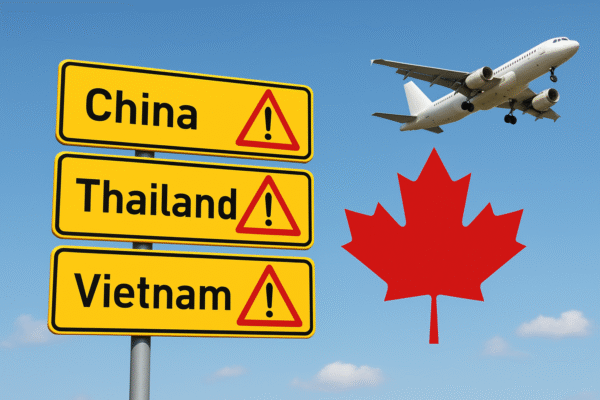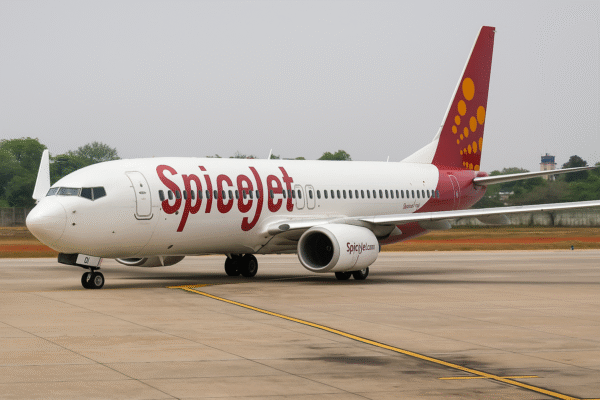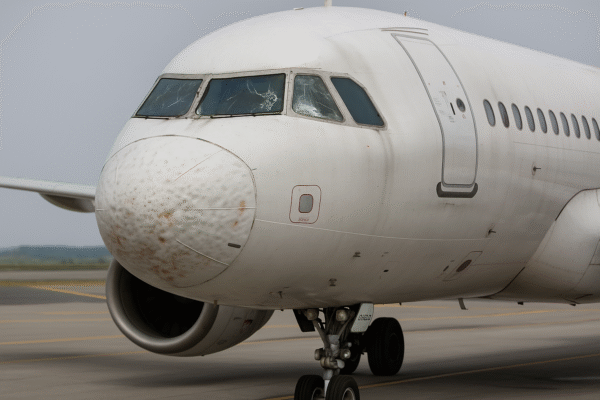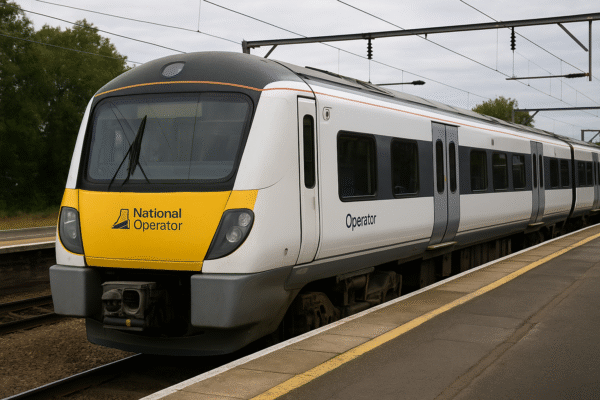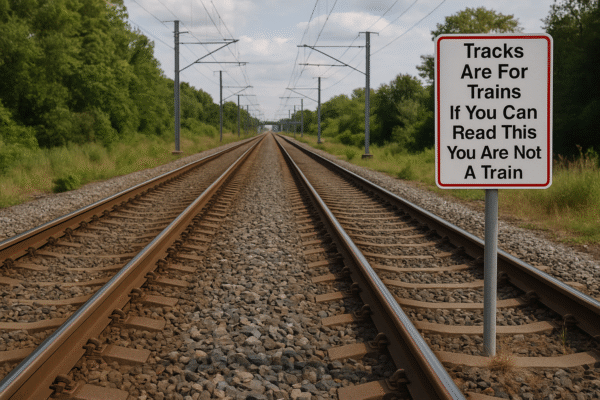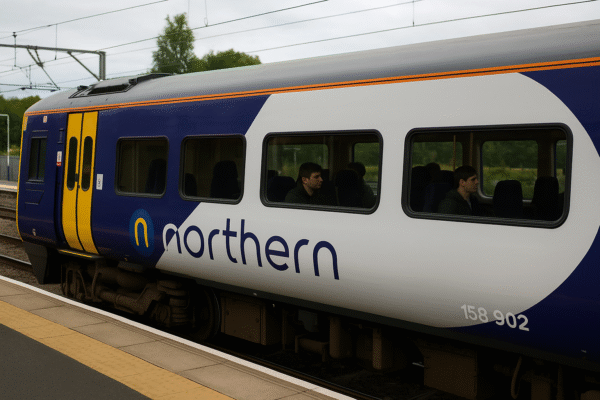A new chapter has begun for rail travel in England, as the popular c2c rail line connecting London and Essex officially entered public ownership on 20 July 2025. Operated since 2017 by Trenitalia, the route now falls under the management of the Department for Transport’s (DfT) Operator of Last Resort, marking a significant milestone in the Labour government’s sweeping railway reform plan.
For thousands of daily commuters between Fenchurch Street and Southend, this transfer may feel subtle—tickets remain valid, fares are unchanged, and train schedules are still in place. But beneath the surface, the move signals a wider transformation aimed at unifying rail infrastructure under Great British Railways (GBR), a new public body set to take full control of UK rail operations by 2027.
Why Was c2c Brought Into Public Hands?
The nationalisation of c2c follows Labour’s commitment to phase out private rail franchises across England by 2029. The Passenger Railway Services (Public Ownership) Act, passed in November 2024, created the legislative path for this reform, allowing the government to take control as existing contracts expire.
Labour’s Transport Secretary Heidi Alexander has criticised the fragmentation and inefficiency of the franchise system, arguing for a unified, publicly accountable approach to boost reliability and cost-efficiency. According to DfT forecasts, uniting track and train operations could save £150 million annually, though this comes with warnings of back-office redundancies.
c2c’s inclusion in this strategy is noteworthy. The route, which runs scenic stretches along the Thames Estuary, consistently ranks high in satisfaction, with an 89% approval score in 2024. Yet, ministers believe centralised oversight will further streamline services, harmonise timetables, and enhance long-term planning.
What Does the Change Mean for Passengers?
Here’s what travellers on the c2c network need to know about the shift:
1. No Impact on Tickets or Fares (For Now)
If you hold a valid ticket purchased before or after the 20 July handover, it remains valid. Despite public speculation, no fare increases have been implemented as a result of the transition. However, future prices will still be linked to inflation, and Labour has cautioned against expecting steep fare cuts while the system continues to require £2 billion in annual subsidies.
2. Staff and Services Remain Intact
Existing c2c staff—including train drivers, platform attendants, and customer service personnel—have retained their roles. Ministers have emphasised continuity and intend to redeploy affected back-office workers across the sector rather than implement mass layoffs.
3. Branding and Station Experience Will Evolve
Although the c2c brand remains visible for now, upcoming months may see rebranding efforts to align with GBR aesthetics. This may include updated signage, station refurbishment, and digital service enhancements, particularly around real-time journey tracking and cleanliness monitoring.
4. A Focus on Reliability
While c2c is already one of the UK’s most punctual services, the government sees room for improvement—especially in integrating services with broader networks. GBR’s consolidated structure is designed to remove the disconnect between infrastructure (previously managed by Network Rail) and service operators.
What’s Next? Greater Anglia and the Road to 2027
The c2c nationalisation is the second such transfer in Labour’s rail transformation effort, following South Western Railway (SWR) in May 2025. The next in line is Greater Anglia, set to join the DfT Operator on 12 October 2025. This line includes crucial connections from London Liverpool Street to Norwich, Cambridge, Chelmsford, and Colchester.
From that point onward, rail services will transition every few months, culminating in the full establishment of GBR by late 2027. The GBR entity will eventually control track infrastructure, rolling stock, fares policy, timetabling, and station management across England, with limited responsibilities in Scotland and Wales as devolved authorities retain partial control.
Risks and Public Concerns
Despite optimism, challenges lie ahead:
- Job Losses: Labour has pledged job protection where feasible, but unions remain cautious. Consolidation efforts are expected to affect administrative and logistical support roles.
- Financial Sustainability: With no immediate fare cuts and mounting operational costs, GBR will need careful fiscal management to avoid a repeat of past inefficiencies.
- Public Expectations: While nationalisation garners strong public support, analysts caution against expecting overnight improvements. A Financial Times report observed that previous periods of public ownership didn’t automatically lead to punctuality or innovation gains.
- Delayed Rollout: While a shadow GBR board is already operational, full statutory powers are not expected before late 2026, potentially slowing the reforms.
What Should Passengers Do?
- Stay Updated: Watch for announcements around Greater Anglia’s October transfer and planned station upgrades.
- Review Timetables: While services are currently unchanged, adjustments are likely as GBR streamlines connections.
- Share Feedback: Passenger input is increasingly influential. Issues like cleanliness, customer service, train frequency, and accessibility are being logged in GBR planning systems.
A Step Toward Smoother Journeys
For the thousands travelling daily from Westcliff, Ockendon, or Grays into London, this isn’t just an administrative shuffle—it’s an effort to bring rail travel under one umbrella, with greater transparency, reliability, and accountability.
And while it may take months—if not years—for the full impact to be felt, the message from Westminster is clear: the age of disjointed private rail franchises is ending, and with it comes the potential for a truly integrated national rail system.
Final Word
Whether this transition marks the beginning of a rail renaissance or another chapter in British transport woes will depend on how effectively GBR delivers on its promise of better services, streamlined costs, and empowered passenger voices. For now, the c2c transfer is a symbolic and strategic step in a railway revolution decades in the making.
For more travel news like this, keep reading Global Travel Wire







